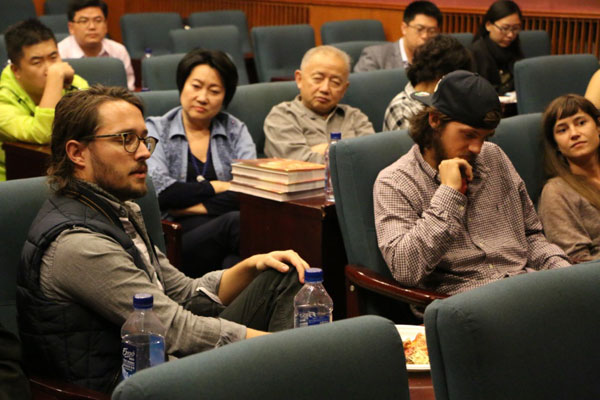War prisoner documentary reveals insights from WWII
- By Zhang Rui
 0 Comment(s)
0 Comment(s) Print
Print E-mail China.org.cn, September 30, 2015
E-mail China.org.cn, September 30, 2015
The film adopted a humanitarian perspective to reconstruct what happened to these witnesses. Such manifestations will become precious first-hand historical records that will contribute to shared historical memories across nations and countries, reminding people of the hard-fought battle for peace.
The fact that the film is co-produced by directors from China and the US is itself a manifestation of the cross-cultural and diversified perspectives on the history of the Second World War. With American prisoners in the Far East battlefield as a unique cutting point, directors have attempted to be creative in production techniques by combining fragments of the Oriental Battlefield with the general picture of the Second World War.
Richard L. Anderson has been studying the history of the Mukden prisoner of war camp for a considerable amount of time and it was on his agenda to produce such a documentary and to promote it in the United States. Therefore, his involvement has made the film more of a clash of diversified perspectives and opinions based on mutual respect for historical facts than a mere cooperation in the production of art. Such collaborations and clashes have endowed the film with a broader perspective, a more fact-respecting story and the possibility of greater global influence.
Shen Haofang told the audiences, "What impressed me the most were those American veterans, who are in their 90's. They talked about the ordeals in a very easy and open-minded fashion, but still touching. History has moved on for decades but they were willing to look back on their memories, I think that was the most precious content in this film."







Go to Forum >>0 Comment(s)